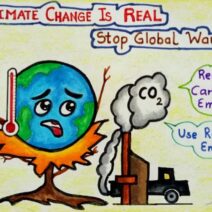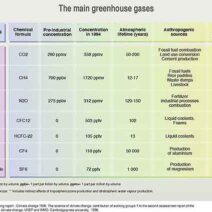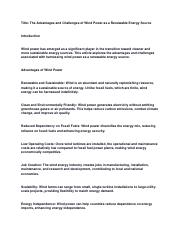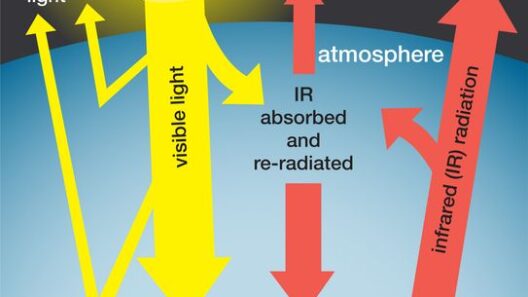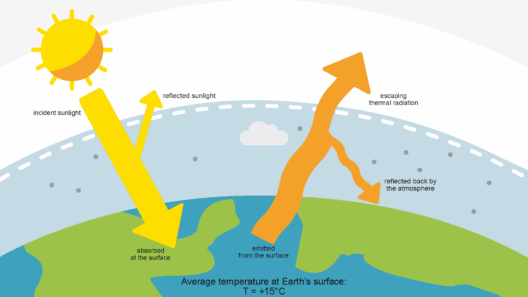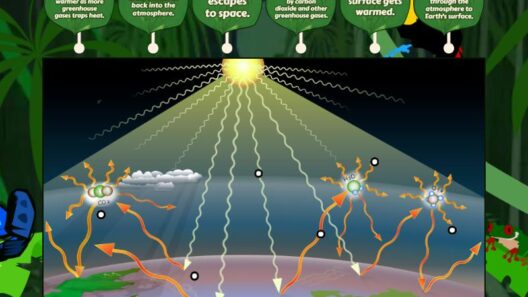In the intricate dance of our planet’s climate, gases and energy play a pivotal role in the warming of Earth. Understanding how these elements interconnect is essential for grasping the broader implications of climate change. As we delve into this topic, it becomes clear that the synergy between greenhouse gases and energy transformations is fundamental to our environmental challenges.
Greenhouse gases, often referred to as GHGs, are compounds that trap heat in the atmosphere. Most people are familiar with carbon dioxide (CO2), but methane (CH4), nitrous oxide (N2O), and water vapor also significantly contribute to this phenomenon. These gases form a blanket around the Earth, absorbing and re-radiating energy from the sun.
The solar energy that reaches our planet consists of various wavelengths, including visible light, ultraviolet rays, and infrared radiation. This energy is absorbed by the Earth’s surface, which then re-emits it as infrared radiation. Under normal circumstances, this radiant energy escapes back into space, maintaining a delicate balance in our planet’s temperature. However, the presence of GHGs disrupts this equilibrium.
The role of GHGs in the greenhouse effect is multifaceted. When solar energy strikes the Earth, a portion is converted into heat. Greenhouse gases absorb some of this heat and re-radiate it in all directions, including back towards the planet’s surface. This natural process is vital; without it, Earth would be inhospitably cold. However, human activity has substantially increased the concentrations of GHGs, exacerbating this effect and leading to a warmer planet.
Reverberations of this warming extend beyond just higher temperatures. From extreme weather events to rising sea levels, the implications of intensified greenhouse gas emissions are far-reaching and profoundly troubling.
Fossil fuels—coal, oil, and natural gas—constitute the primary source of anthropogenic GHG emissions. When burned for energy, these fuels release CO2, along with a plethora of other pollutants. Each time we drive a car, heat our homes, or generate electricity, we contribute to the influx of these gases into the atmosphere. This relationship between energy consumption and greenhouse gas emissions is particularly concerning as global demand for energy continues to rise with population growth and industrialization.
Moreover, the agricultural sector significantly impacts GHG emissions. Livestock farming emits considerable methane, a gas that is several times more potent than CO2 in its heat-trapping capabilities. Additionally, certain agricultural practices release nitrous oxide, which is another potent greenhouse gas. The energy-intensive processes of farming also demand fossil fuel consumption, creating an interconnected web of emissions that contribute to warming.
Mitigation strategies must address both energy production and consumption. Transitioning to renewable energy sources, such as solar, wind, and hydroelectric power, is paramount. These alternatives not only reduce GHG emissions but also promise energy independence and economic growth. The advancements in battery technology further enhance the viability of these renewable sources by allowing for energy storage and efficient distribution.
Energy efficiency is another critical area to explore. Enhancing the efficiency of buildings, appliances, and vehicles can significantly lower energy consumption and reduce GHG emissions. For instance, retrofitting buildings with better insulation and energy-efficient windows can drastically decrease heating and cooling needs.
Moreover, promoting public transportation and electric vehicles contributes meaningfully to lowering emissions. Urban planning that prioritizes walkability and mass transit can drastically reduce reliance on fossil-fuel-powered vehicles. By reshaping our habits and infrastructure, we can collectively make strides toward a more sustainable future.
Forests play a crucial counterbalance to this equation. They naturally absorb CO2 through the process of photosynthesis, acting as a carbon sink. However, deforestation and land-use changes release stored carbon back into the atmosphere, worsening the greenhouse effect. Protecting existing forests and restoring degraded ecosystems are thus essential actions in combating climate change. Investment in reforestation initiatives not only sequesters carbon but also restores biodiversity and supports local communities.
Public awareness and education also play a significant role in fostering a culture of sustainability. It’s vital to inform individuals about their carbon footprints, empowering them to make more environmentally conscious choices. Small actions, when multiplied across millions, can lead to substantial changes.
In conclusion, the warming of our planet results from a confluence of greenhouse gases and the energy systems that underpin modern society. The intricate balance between energy consumption, greenhouse gas emissions, and the Earth’s natural processes underscores the urgency for remediation. By transitioning towards renewable energy, enhancing energy efficiency, and protecting our planet’s carbon sinks, we can combat the looming threat of climate change effectively.
As stewards of the Earth, the responsibility to act rests with us all. The promise of a sustainable future relies on conscious choices and comprehensive strategies that address the intertwined nature of gases and energy. Every action counts, and together we can forge a pathway to mitigate the impact of climate change and preserve our planet for generations to come.

